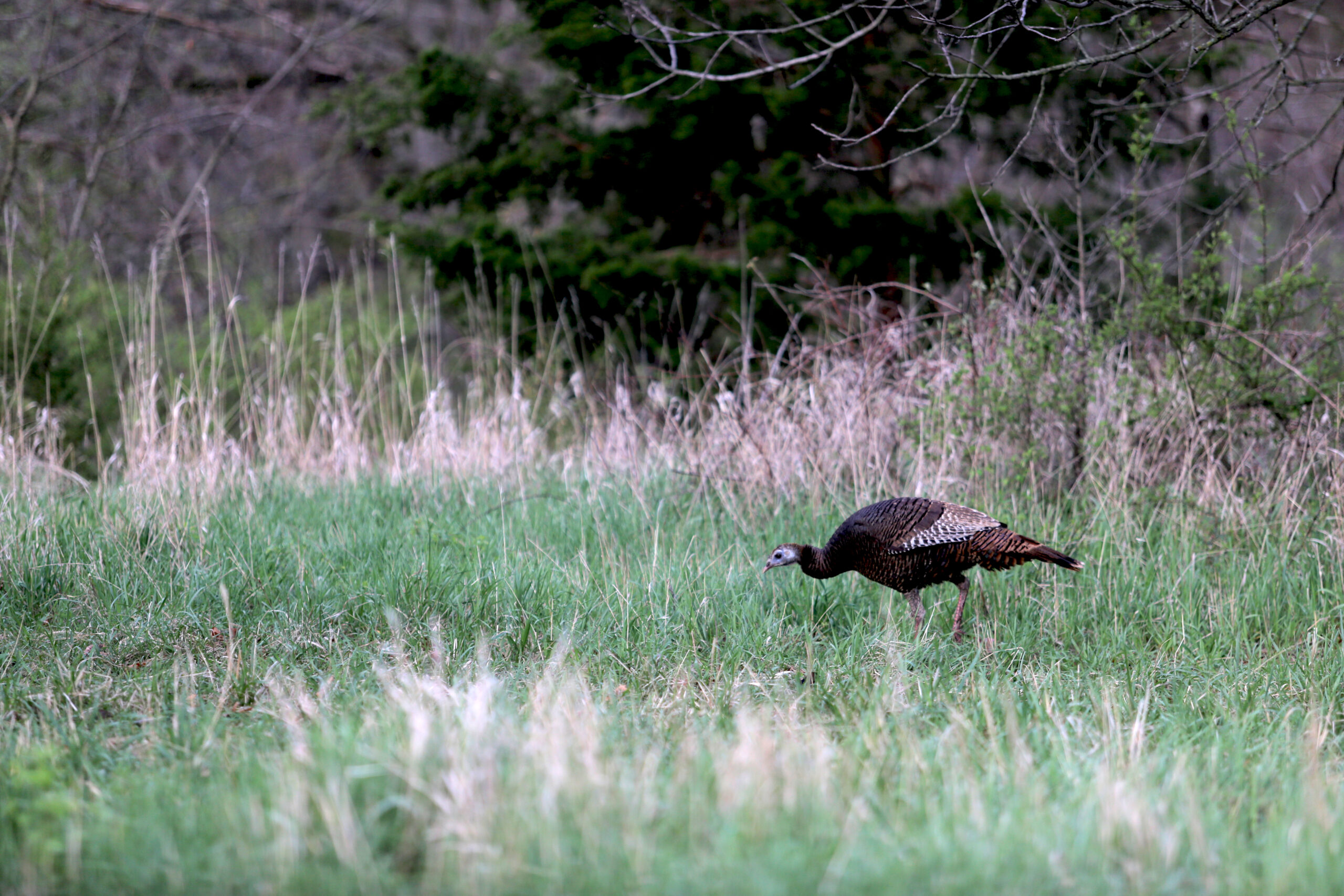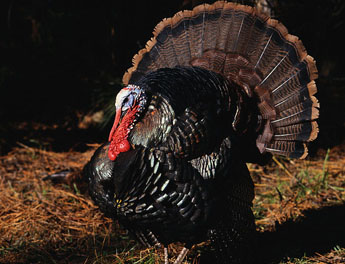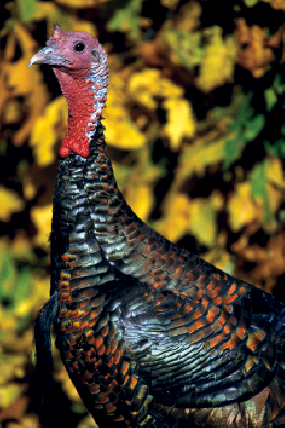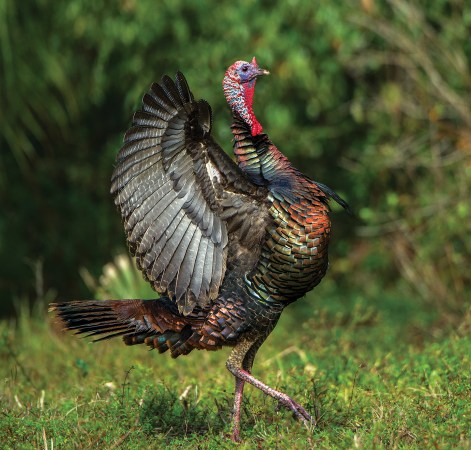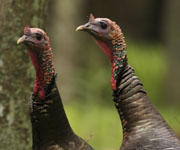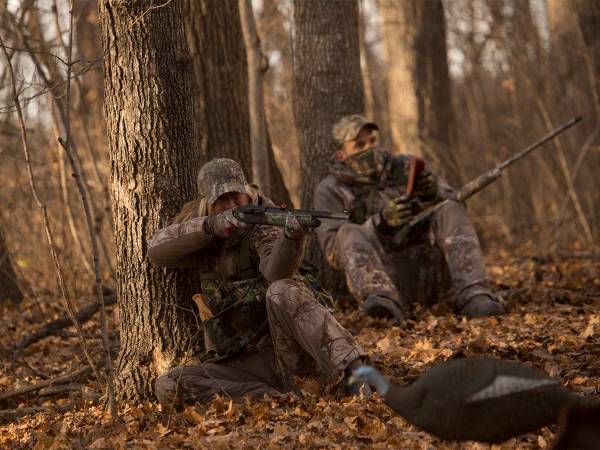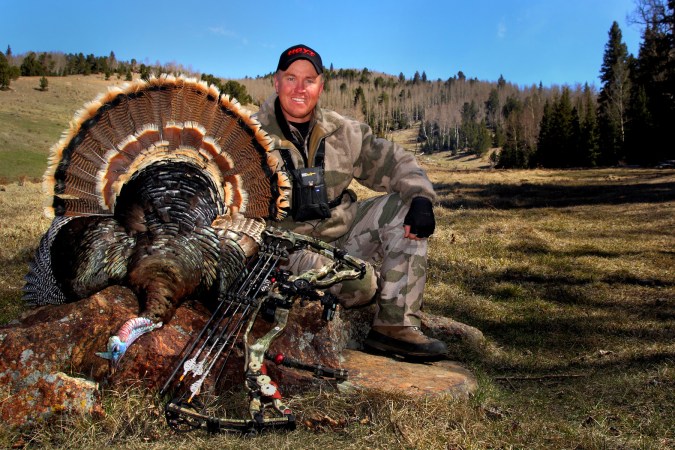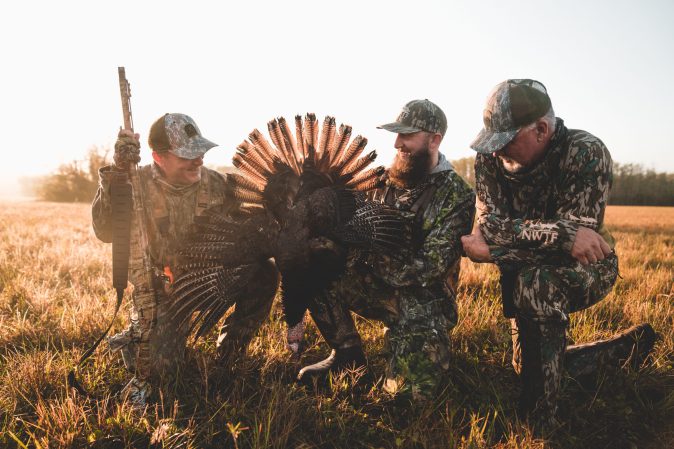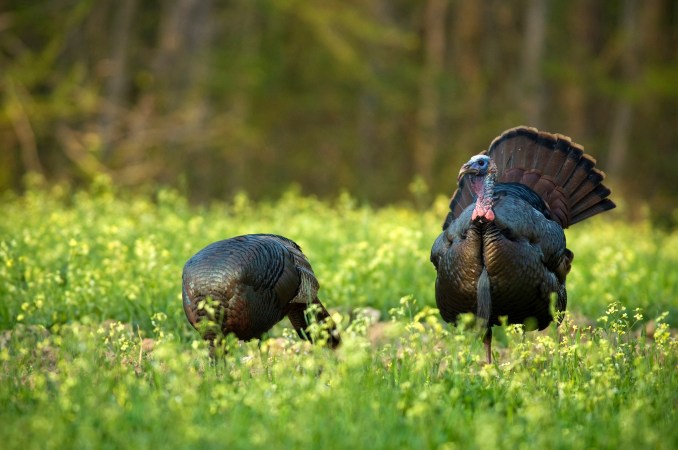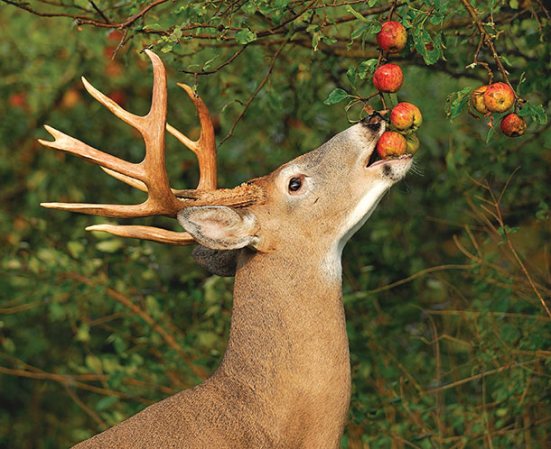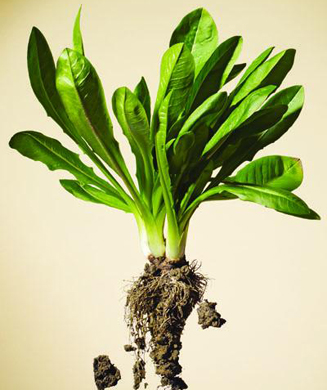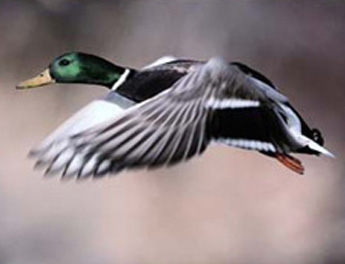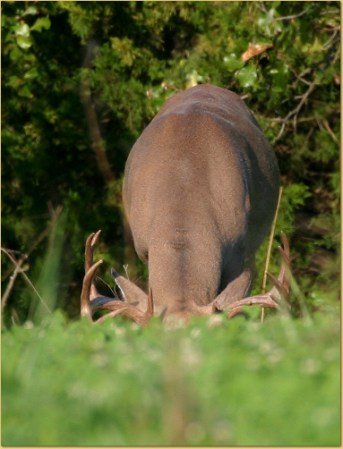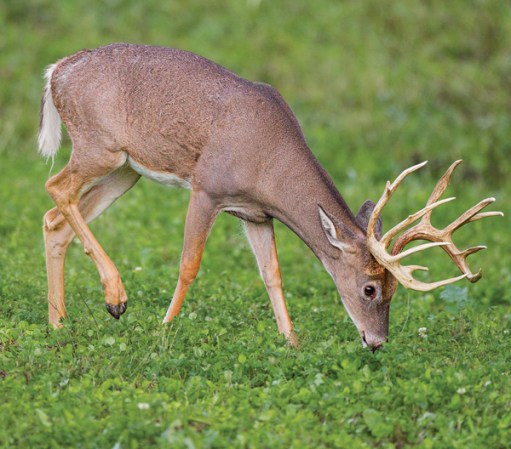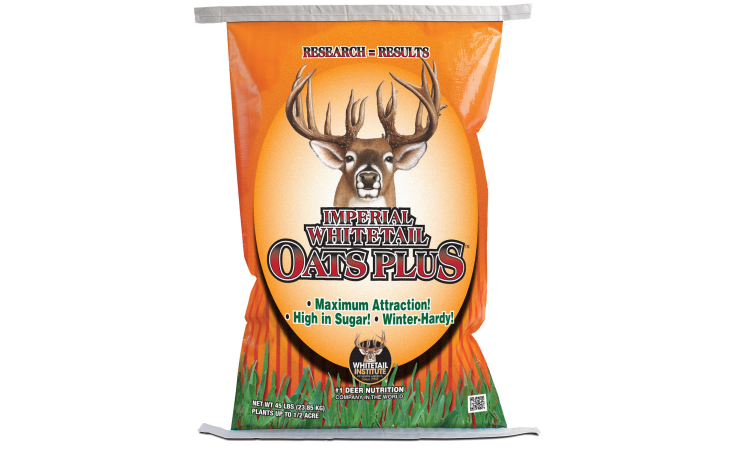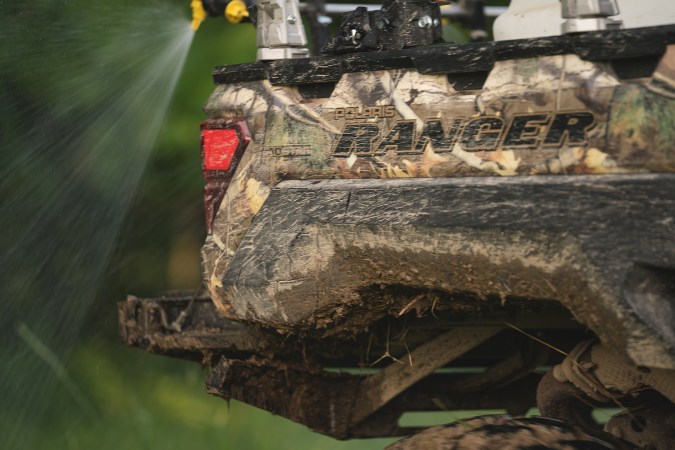The western ends of Kentucky and Tennessee are supposed to have a bumper crop of cicadas, sometimes called tree locusts, this spring. I’m not talking about a few extra bugs. It’s going to be a windshield-splattering, earsplitting plague of Biblical proportions. Some bugologists say the locusts will so abundant that they’ll number about 250 insects per meter, which is about 11 square feet.
That’s the bad news; the good news is that wild turkey poults will have more variety and abundance in their diets, at least for a couple of weeks. The locust bonanza will help produce some fat birds in a year or two, though perhaps none as fat as the 37.6-pound gobbler that David Cody Guess killed on his family’s farm in Lyon County, Kentucky in April. It set a new record for heaviest gobbler, according to the National Wild Turkey Federation.
What did that particular gobbler eat that made it a Shaquille O’Neal of turkeys? Probably nothing more than any other wild turkey dwelling amid the fertile croplands and lush hardwood forests of western Kentucky has to eat. One suspects the gobbler’s weight was more a result of its DNA wheel of fortune landing on all the right numbers.
Still, nutrition is just as important for turkeys as it is for people. Insects, acorns, feeder corn, and chufas—typically, that’s what many hunters think turkeys eat. Actually, not counting the corn and chufas, turkeys have a well-rounded menu that includes grass seed, insects, small lizards and frogs, plant leaves, and small flowers. Like whitetails, wild turkeys are browsers. Though they have their favorite food (acorns) they also have to rely on other seasonal options to survive.
During a typical spring day before bugs become abundant, wild turkeys will make their way to a pasture or clearcut where they’ll feed on clover buds, dandelion leaves, and seeds such as those of gramagrass and panicums. Eventually any hens in the mix attract the attention of gobblers. Granted, it’s often tough for a hunter stationed in cover on the edge of a field or opening to get a tom to come within range, but that’s a nice problem to have. The fact that gobblers are likely to come into that field looking for hens warrants the extra strategizing it takes to get set up for a shot.
The point is, if you want to attract and keep more turkeys on your property, maybe you need to lay them a better table. Consider planting native grasses and plants on the edges of food plots, uncultivated fields, pastures and in other openings that receive an adequate amount of sunlight. If some of your property has been in the Conservation Reserve Program (CRP) for a while, chances are good that the right stuff might already be growing there. If it’s a new clearcut that doesn’t have much of anything growing on it, you can intervene with the native grass plantings before wax myrtle, sweetgums, horseweeds, and the like take over.
You’ll have a good deal of assistance in your quest to get a healthy crop of turkey-attacting native grasses and plants going on your property. The best sources include:
The National Wild Turkey Federation
Donnie Buckland heads up the conservation department and a field staff of about 40 persons who provide assistance or advice in planting food sources or improving habitat for wild turkeys. The phone number is 803-637-3106.
The Natural Resources and Conservation Service
Formerly the Soil Conservation Service, this agency of the Department of Agriculture has couty offices throughout the country. Look in a local phone book for contact information. The NRCS can supply literature and advice on native food plantings for upland birds, and in some cases might provide financial or other assistance through provisions of the Farm Bill to landowners who wish to undertake projects to improve wildlife habitat.
Seed Companies
Though they seldom advertise, native seed suppliers throughout the country offer regional mixes and blends of cool-weather and warm-weather grasses and plants. One example is Roundstone Native Seeds of Upton, Ky., whose inventory includes various standards such as bluestem or sedge subspecies. Roundstone and others might also stock various other important food sources such as Indiangrass, muhlygrass, pineywoods dropseed, purpletop, woodreed, bristlegrass, knotweed, nightshade, and mannagrass. Once plantings have taken hold, they’re self-sufficient. They reseed themselves and don’t require any special care.
As noted, wild grasses and plants provide food for wild turkeys when other natural foods aren’t available. Once poults graduate from a diet of all insects and soft greens, seeds fill in their diets and help them grow quickly. Then, too, native plantings also provide nesting habitat for wild turkeys. The trickle-down effect for bobwhite quail and rabbits is substantial as well.
Think about a holistic approach that involves other game beside deer when developing a management plan for your hunting property. If there are gaps in the wild turkey habitat, plug them. If the variety of natural foods that appeal to turkey isn’t there, supply it.
The payoff might not be a gobbler as big as the one that David Guess shot in the hills of the lower Cumberland River valley, but certainly it will mean that you have a healthier flock of birds that will be more likely to stay on your property for years to come.
